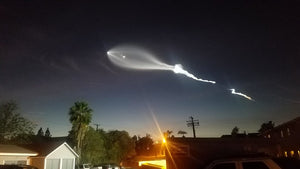September- Neptune, Helix Nebula, and M15.
Neptune at Opposition
On the evening of Friday, September 16, skywatchers will have the opportunity to observe Neptune in opposition, an astronomical event where the planet aligns precisely opposite the Sun in the night sky.
Because Neptune is the furthest planet in the solar system from our star, sitting at about 30 times the distance from the Earth to the sun, its close approach won't make it appear much larger in the sky than usual. It will still appear as a star-like point of light to the naked eye, only becoming clearer when viewed with a telescope.
Helix Nebula
The Helix Nebula, despite being one of the most luminous planetary nebulae in the night sky, poses a considerable challenge for amateur stargazers. Its luminosity, while substantial, is distributed across a wide expanse, rendering it a challenging target for observation.
Seasoned skywatchers with clear skies, can successfully view the nebula using binoculars. When using telescope, it is crucial to opt for a lower magnification setting. The Helix Nebula can be observed in almost any aperture, with even a 100mm revealing its slightly oval shape. Larger scopes may show hints of blue or green, while an O-III filter and averted vision will help to increase the contrast.
Messier 15
Located within the Pegasus constellation, the celestial gem known as Messier 15 beckons. Its luminosity is sufficient for most binocular, even in areas with moderate light pollution. Telescopes will show a bright core that extends about 2/3 of the way toward the cluster’s edge, with some resolution at around 200x.







